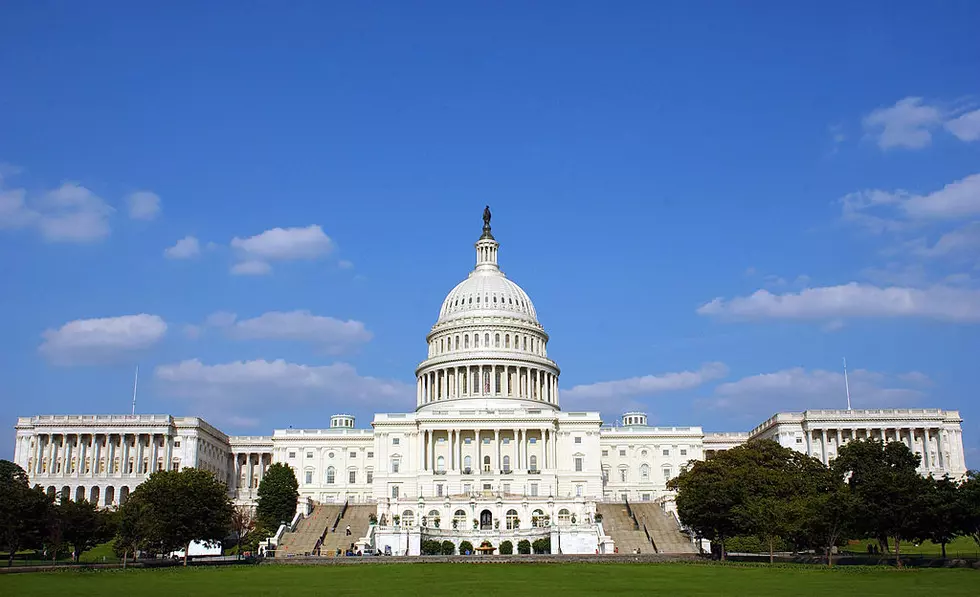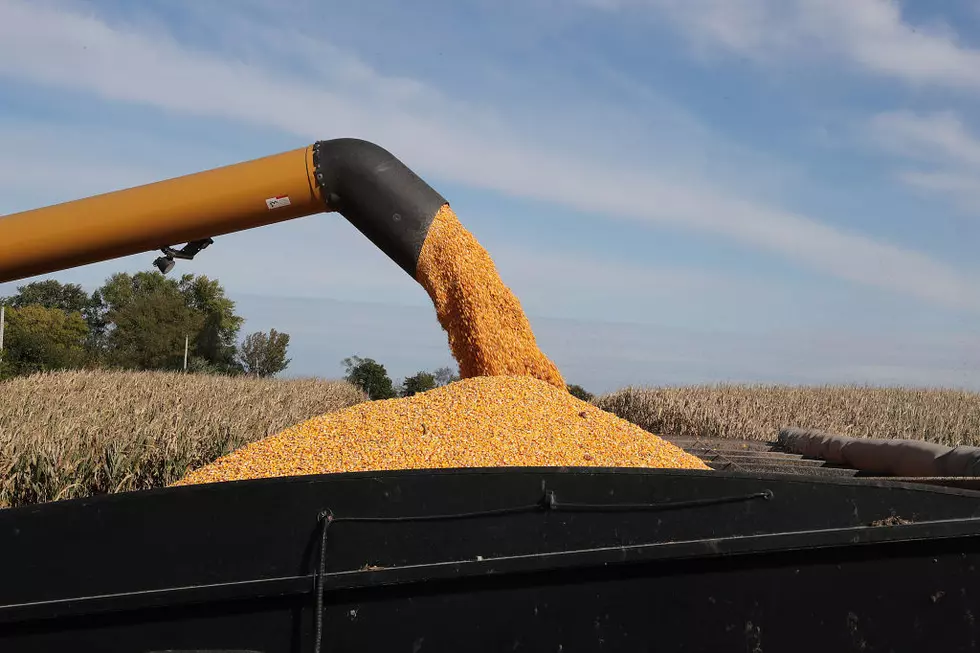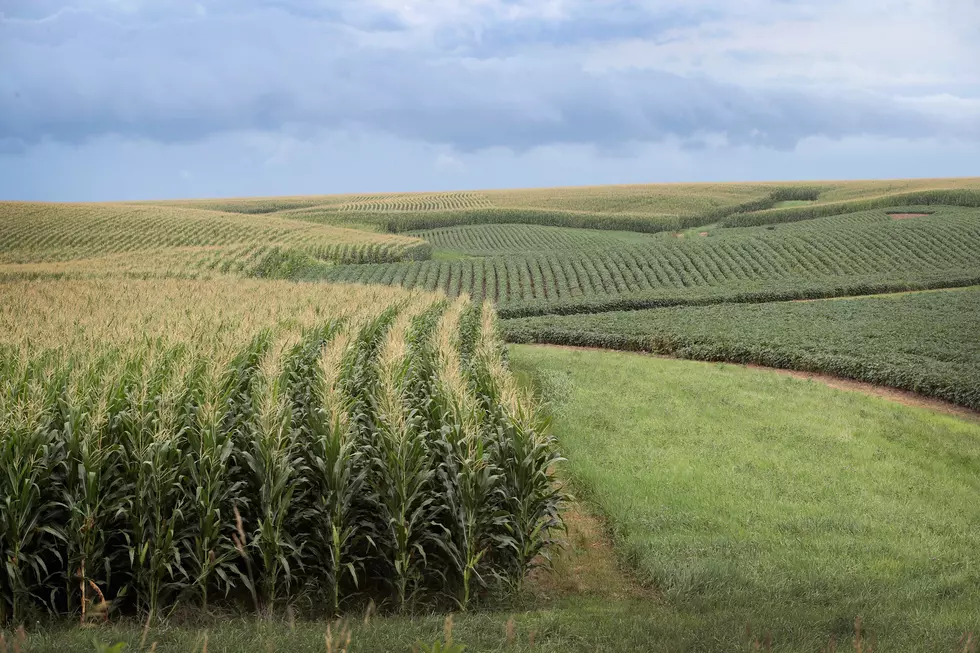
Central Washington University to Help Monitor Earthquake Activity
Thanks to more than $600,000 from the National Science Foundation, Central Washington University will participate in the world’s largest earthquake monitoring system.
Tim Melbourne, CWU geological sciences professor, received a total of $620,500 for "Geodosy Advancing Geosciences & Earthscope (GAGE)," a five-year research project funded by UNAVCO/National Science Foundation. Melbourne is the director of the Pacific Northwest Geodetic Array (PANGA), a lab that monitors the Earth’s movements throughout Washington, Oregon, Alaska, British Columbia and northern California.
The lab will become one of two data analysis centers for the emerging Plate Boundary Observatory (PBO), a network of 1,100 permanent, continuously operating Global Positioning System (GPS) stations and other data-collecting and reporting instruments designed to study movement on and below the Earth’s surface.
“It’s a natural fit,” said Melbourne. “Our lab is fully equipped to handle the growing PBO array, and we are already processing and posting data daily from the first 25 PBO stations—in addition to more than 500 other stations from PANGA], the International GNSS [Global Navigation Satellite System] Service, and other continuous arrays.”
Since 1996, the CWU Geodesy Laboratory has documented a multitude of interesting and important phenomena. These include the discovery of transient slip events along the Cascadia subduction fault, the impact of Basin and Range extension on Pacific Northwest mountain formation and pre-earthquake movement prior to the Peruvian earthquake. Most recently, the lab also identified similar events beneath northern California, where they show a smaller recurrence interval than previously thought. All of these results stem directly from consistent delivery of near real-time GPS data to the larger PANGA and global geophysics communities.
More From News Talk KIT









